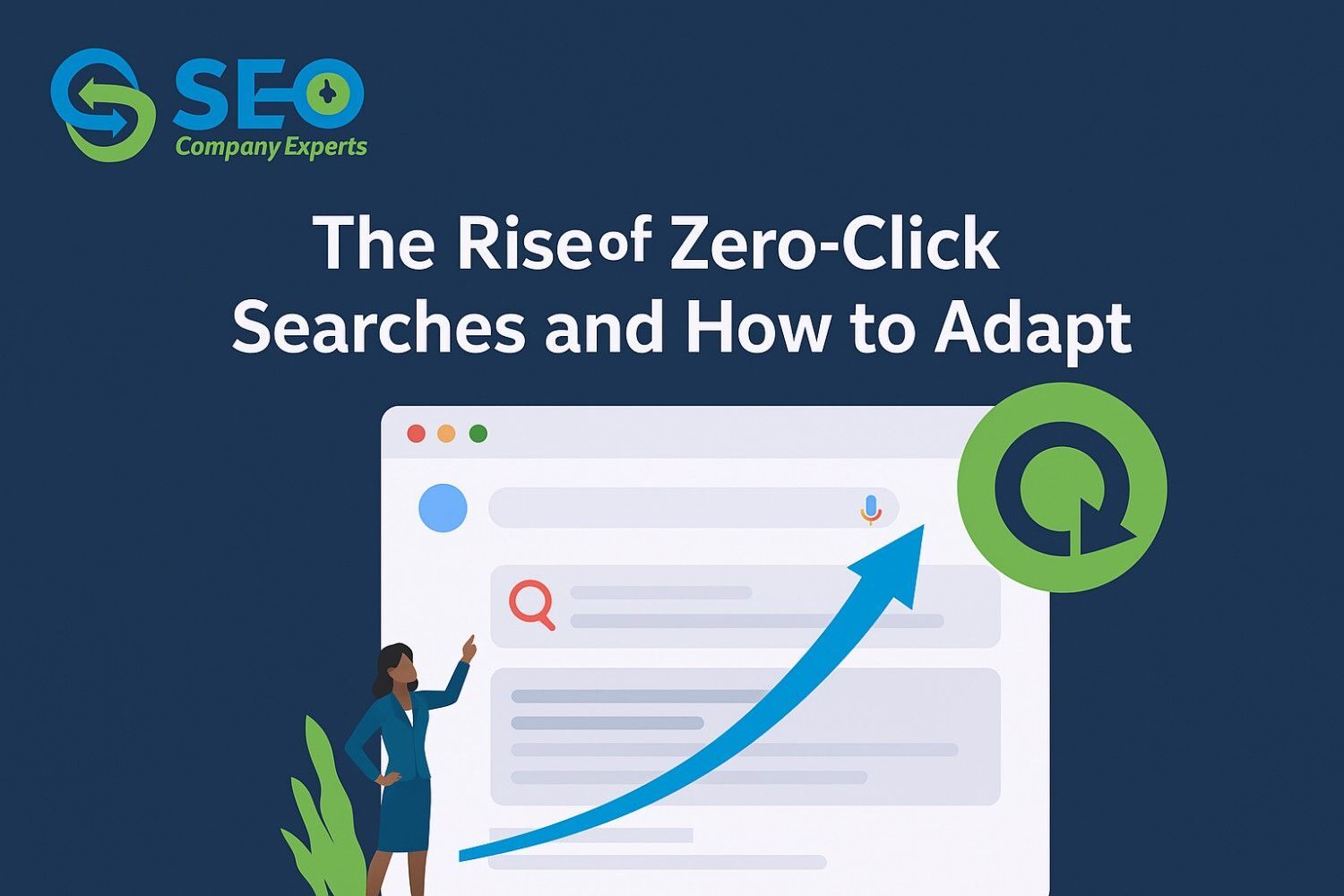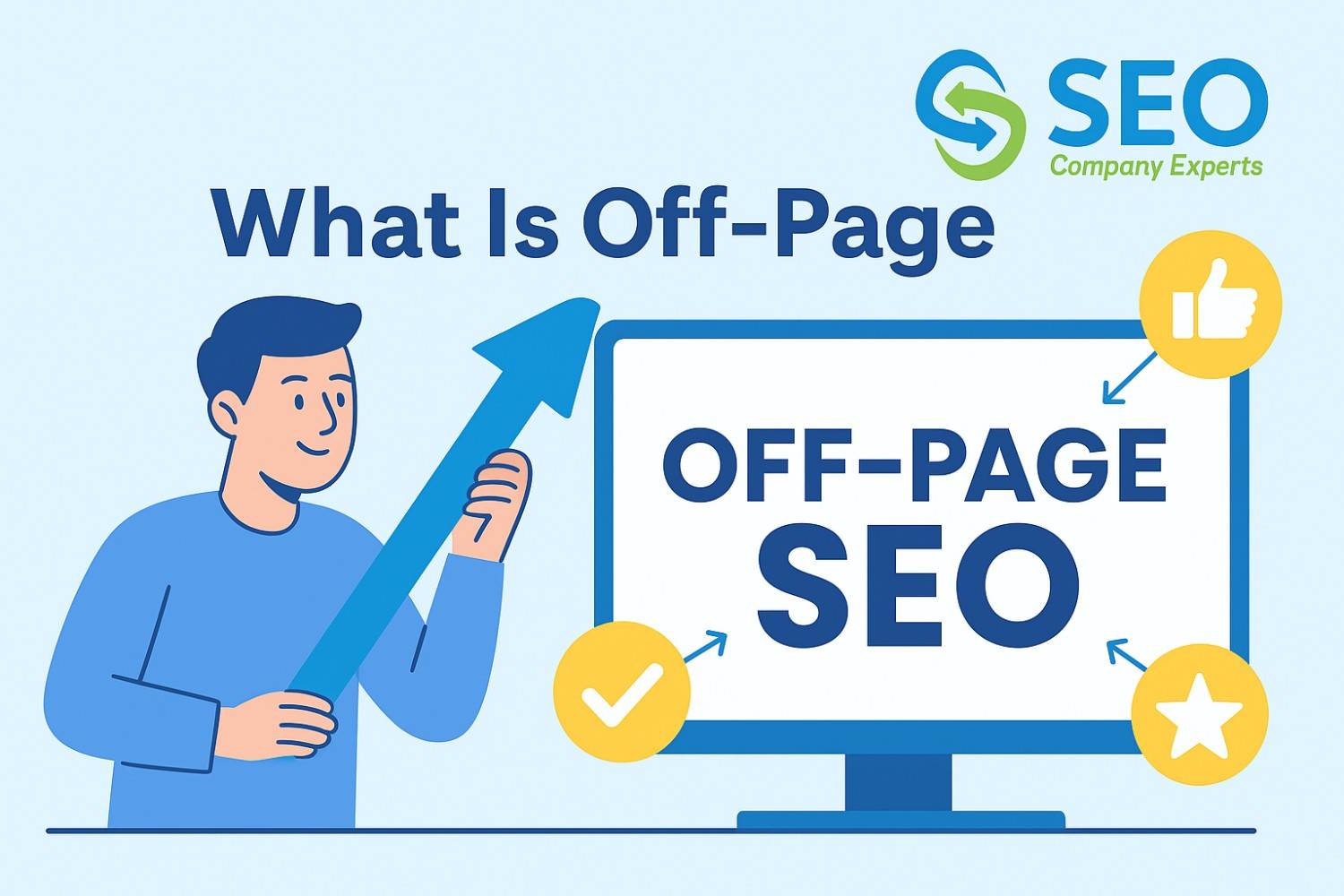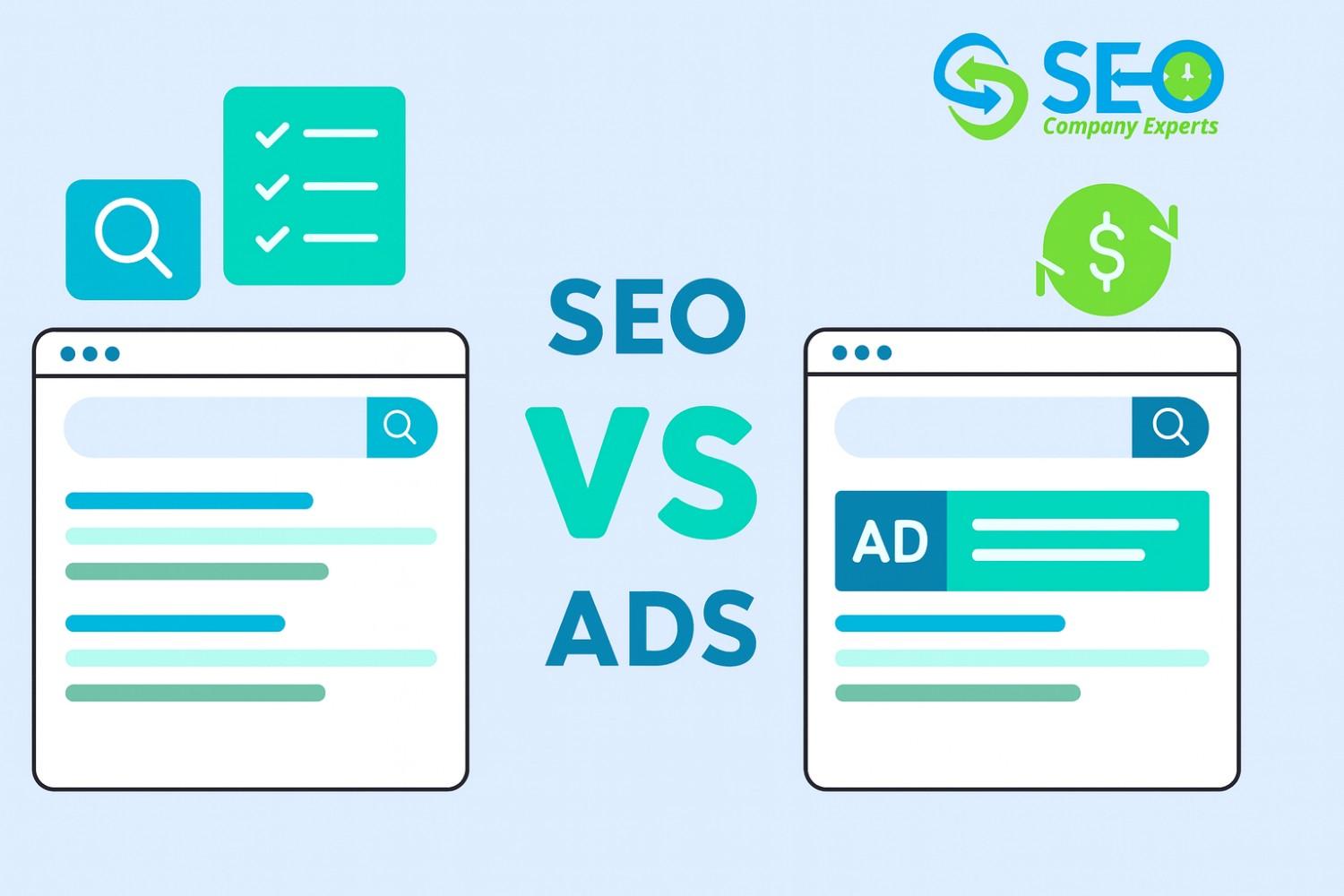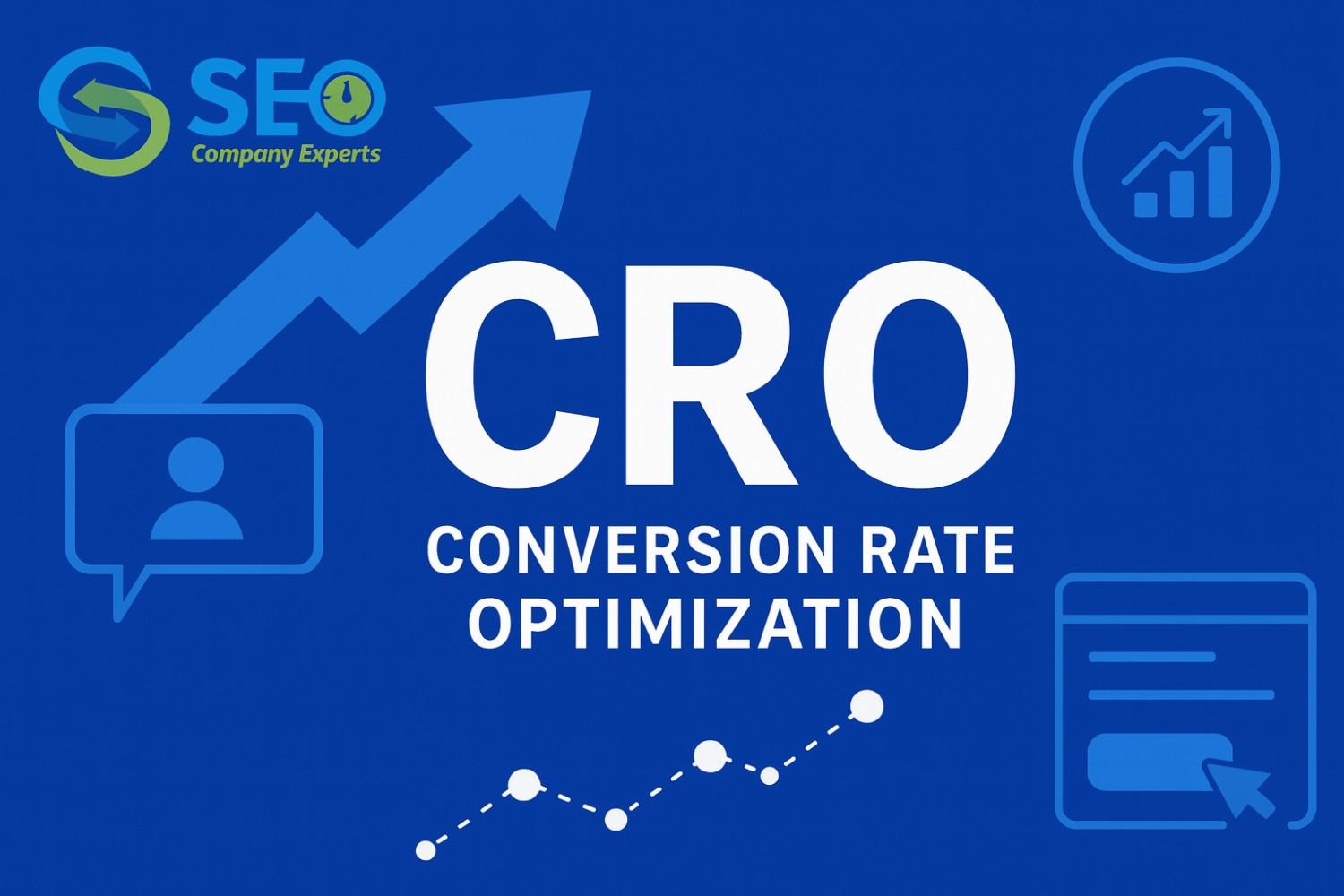

The digital marketing landscape is undergoing a silent revolution. In recent years, one trend has caught the attention of SEO experts, content marketers, and business owners alike zero-click searches.Unlike traditional search behaviors where users click on links to find answers, zero-click searches occur when users get all the information they need directly on the search engine results page (SERP). Whether it’s through a featured snippet, knowledge panel, or quick answer box, people now interact with Google in ways that often bypass websites entirely.
Understanding Zero-Click Searches
Before diving into strategies, let’s define what zero-click searches actually mean and how they work.
What Are Zero-Click Searches?
A zero-click search happens when a user performs a query on Google (or any search engine) and gets their answer instantly without needing to click any link. The response could be displayed in a variety of formats, such as:
- Featured Snippets: The highlighted boxes that summarize answers.
- Knowledge Panels: The right-hand panels containing quick facts or data.
- People Also Ask Boxes: Related questions that expand with answers.
- Maps and Local Packs: Displaying nearby businesses and contact info.
- Instant Calculators, Currency Converters, or Timers.
How Common Are Zero-Click Search Results?
According to Semrush and Similarweb reports, over 50% of all Google searches in 2024 ended without a click. This means half of the online queries now generate zero-click search results, where users get their information directly on Google’s interface.This massive shift is reshaping how brands compete for visibility, forcing marketers to rethink how success is measured beyond traditional clicks and traffic.
Why Zero-Click Searches Are Growing Rapidly
The surge in zero-click searches is no coincidence it’s a reflection of evolving user habits and technological advancements. Several major factors have contributed to this transformation.
1. User Demand for Instant Answers
Today’s online users crave instant gratification. They want information fast without having to navigate through multiple pages. Google’s AI-driven search experience is designed to meet that demand, providing direct answers and summaries on the SERP itself.
2. Growth of Mobile and Voice Search
With more than 60% of global searches happening on mobile, the rise of voice assistants like Siri, Alexa, and Google Assistant has accelerated the trend. Voice queries often produce concise, conversational results many of which are zero-click responses.
3. Evolution of Google’s Search Features
Over the years, Google has introduced several SERP features like featured snippets, local packs, knowledge graphs, and image carousels. These features are designed to make information retrieval faster and smoother but they also mean users don’t always need to visit a website.
4. Rise of AI-Powered Search Generative Experience
Google’s Search Generative Experience (SGE), powered by artificial intelligence, offers summarized answers that combine insights from multiple sources. This feature significantly boosts zero-click search results, giving users all the details in one scrollable view.
5. Emphasis on User Experience
Google prioritizes user satisfaction. By offering direct results, it ensures users spend less time searching and more time finding even if that means fewer website visits.
Types of Zero-Click Search Results on Google
To adapt effectively, you first need to know what types of zero-click search results dominate the SERPs today.
1. Featured Snippets
These are direct answers that appear at the top of Google results, often in the form of lists, tables, or short paragraphs. They aim to answer queries like “What is SEO?” or “How to build backlinks?”
2. Knowledge Panels
Usually appearing on the right side of search results, knowledge panels display structured data from verified sources such as Wikipedia or Google’s Knowledge Graph.
3. People Also Ask
This interactive feature shows related questions and expands to reveal short, on-page answers. PAA boxes can appear multiple times in a single SERP.
4. Local Packs
For queries with location intent, like “coffee shop near me,” Google displays a local map with businesses, reviews, and directions. Users can call or visit without visiting the website.
5. Instant Data Widgets
These include time zones, unit converters, currency rates, weather forecasts, and other utilities that Google provides directly on the SERP.
6. Search Generative Experience
SGE combines AI and contextual understanding to deliver synthesized summaries. It pulls insights from various sources and presents them in an easy-to-read format often eliminating the need for a click.
The Impact of Zero-Click Searches on SEO and Businesses
The shift toward zero-click searches has profound consequences on how marketers measure success.
1. Decline in Organic Click-Through Rate
Even when you rank #1, users might not click if Google already provides the answer. According to industry reports, CTRs for top organic positions have declined by 20–30% in recent years.
2. Reduced Website Traffic
Since users can find information without leaving Google, many websites especially informational blogs and FAQs have experienced traffic drops.
3. Increased Focus on SERP Visibility
Despite fewer clicks, brands still benefit from being featured in snippets and panels. These elements offer high visibility and brand authority even without direct traffic.
4. Changing SEO Metrics
Traditional metrics like page visits and bounce rates no longer tell the full story. Today, impressions, SERP features, and brand recall play an increasingly important role.
5. Competitive Advantage
Brands that successfully secure positions in zero-click search results gain instant credibility, especially when competing for informational or local-intent searches.
How to Adapt to the Era of Zero-Click Searches
The rise of zero-click searches doesn’t mean SEO is dead, it’s simply evolving. To thrive, brands must shift strategies toward visibility optimization rather than traffic optimization.
1. Optimize for Featured Snippets
Winning the featured snippet spot can significantly boost brand visibility, even if it doesn’t always result in a click.
Tips:
- Identify keywords that trigger snippets (use tools like Ahrefs or Semrush).
- Provide direct, concise answers (40–60 words).
- Use structured headers like H2 or H3 for clarity.
- Include lists, steps, or tables to improve snippet eligibility.
2. Implement Structured Data Markup
Adding schema markup (structured data) helps Google understand your content better. It also makes your pages eligible for rich results, an essential strategy for standing out in zero-click search results.
Useful Schema Types:
- FAQPage
- HowTo
- Product
- Organization
- LocalBusiness
By adding schema, you increase the chance of being featured in SERP boxes and enhancing your visibility, even if users don’t click through.
3. Focus on Brand Visibility and Search Demand
When users find information directly on Google, your goal should be to make them remember your brand. Build a strong online reputation so people search for your name directly later.
Brand-building tactics:
- Publish expert blogs and thought leadership content.
- Stay active on social platforms like LinkedIn and Instagram.
- Participate in industry podcasts, webinars, and interviews.
- Encourage branded searches through campaigns and content.
4. Strengthen Local SEO
Local businesses are heavily affected by zero-click search results, especially through Google Maps and local packs. To stay visible:
- Optimize your Google Business Profile (GBP).
- Use consistent NAP (Name, Address, Phone) data.
- Add compelling descriptions, images, and services.
- Collect customer reviews and respond promptly.
These steps ensure your business appears in map-based zero-click searches, improving calls and foot traffic even if web visits drop.
5. Create Deep, Comprehensive Content
Google’s snippets often pull short answers but users who want depth still click. That’s your opportunity.
Make your content valuable beyond surface-level answers:
- Add case studies, statistics, and examples.
- Offer downloadable guides or videos.
- Provide unique insights that AI can’t summarize easily.
When your content provides deeper value, users are more likely to engage, share, and convert.
6. Optimize for Conversational and Long-Tail Queries
Most zero-click searches come from short, informational keywords. By targeting long-tail, question-based queries, you can attract users looking for more detailed answers (Answer Engine Optimization).
Long-tail queries are less likely to be answered in snippets, giving you a better chance of earning clicks.
7. Improve E-E-A-T (Experience, Expertise, Authoritativeness, Trustworthiness)
Google’s algorithm increasingly rewards credible, authoritative sources. To strengthen your E-E-A-T score:
- Publish well-researched, expert-written content.
- Add author bios with qualifications.
- Cite reputable references (like Wikipedia).
- Get quality backlinks from industry-related websites.
This credibility not only boosts rankings but also helps your content get cited in zero-click search results and AI summaries.
8. Embrace the Power of FAQs
FAQs are among the most effective tools for zero-click optimization. They directly address specific user questions and can trigger both featured snippets and People Also Ask results.
Tips for effective FAQs:
- Use conversational tone.
- Add FAQ schema to pages.
- Answer in short, precise sentences.
9. Monitor SERP Features and Adapt Quickly
SEO is not static zero-click behavior changes frequently. Use analytics tools like Google Search Console, Semrush, or Moz to monitor which of your pages trigger snippets or PAAs.
Track metrics like:
- Impressions vs. clicks
- Position in SERP features
- Snippet ownership rate
Adjust your strategy whenever you notice shifts in visibility or SERP layout.
10. Combine SEO with Other Marketing Channels
If organic clicks decline, diversify your traffic sources.
Use:
- Email marketing for engagement and retention.
- Social media marketing for awareness and conversation.
- Paid advertising for targeted reach.
- Content syndication to expand visibility.
A well-rounded marketing ecosystem ensures your brand remains strong even as zero-click searches evolve.
The Role of AI in the Future of Zero-Click Searches
Artificial intelligence will continue to redefine how users search and interact with information. Google’s Search Generative Experience (SGE) is the next major evolution, merging AI summaries with traditional search.
While this reduces click-through opportunities, it also opens a new frontier for brand visibility. If your content is high-quality and authoritative, AI summaries may cite your site as a source giving your brand indirect exposure.
To stay relevant in the AI-driven SERP environment:
- Keep content updated and data-backed.
- Focus on clarity, structure, and expertise.
- Use natural language optimized for conversational search.
- Continually improve on-page SEO and readability.
The brands that master these tactics will dominate the next generation of zero-click search results.
Key Takeaways
- Zero-click searches now represent over half of all Google queries.
- They offer brand visibility but reduce website traffic.
- Featured snippets, knowledge panels, and local packs dominate this space.
- To succeed, focus on schema markup, E-E-A-T, and brand awareness.
- Diversify your marketing channels to stay resilient.
Conclusion
Zero-click searches aren’t a threat, they’re a transformation. As search engines evolve, brands must focus less on clicks and more on visibility, credibility, and engagement.By optimizing for snippets, using structured data, and building brand trust, businesses can continue to grow even in a clickless search landscape.At Sprak Design, we believe innovation and adaptability are the cornerstones of digital success. Stay ahead of change and let your brand lead the way in this new era of search.





